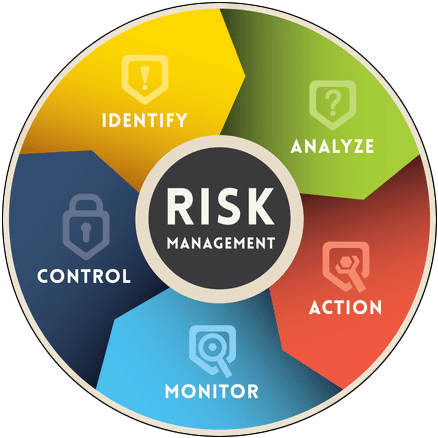ISO 31000 Risk Management Training Courses
The ISO 31000 Risk Management framework is an international standard that provides organizations with guidelines and principles for risk management. The standard was developed by the International Organization for Standardization (ISO). It is designed to be used in organizations of any size, in both public and private sectors.
ISO 31000 provides a universal standard for practitioners and companies employing risk management processes. With this, organizations can increase the odds of identifying risks and properly plan to allocate resources to mitigate them.
ISO 31000 Framework and Guidelines
- Leadership: Leaders must ensure that ISO 31000 is adopted in alignment with the organization's culture and business objectives.
- Integration: Risk mitigation should be incorporated into processes without disrupting operations.
- Design: Organizations need to develop a risk management strategy based on their specific needs.
- Implementation: The designed strategy must be formally integrated into business processes.
- Evaluation: Ongoing assessment is necessary to refine and improve the framework.
- Improvement: Organizations should continuously seek ways to enhance their ISO 31000 implementation.

Benefits of ISO 31000
- Provides an internationally recognized risk management standard.
- Addresses risks in a standardized and systematic manner.
- Encourages a culture of risk mitigation.
- Enhances organizational profitability through risk reduction.
- Can be integrated with other ISO standards.
- Shifts organizations from reactive to proactive risk management.
- Facilitates better access to funding and investments.
Effective Implementation of ISO 31000
Each organization will have a unique approach to implementing ISO 31000. Key steps include:
- Aligning risk mitigation strategies with business objectives.
- Assessing existing governance structures.
- Determining the level of commitment and resources available.
